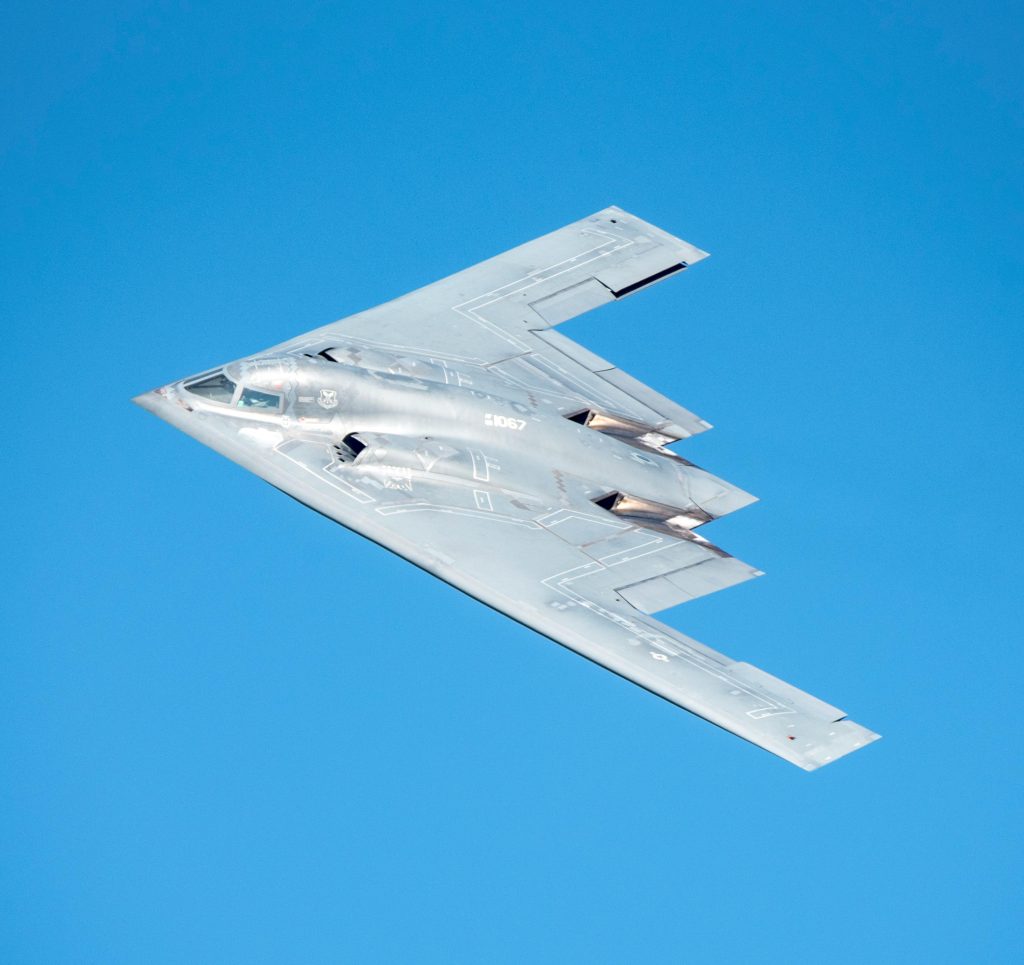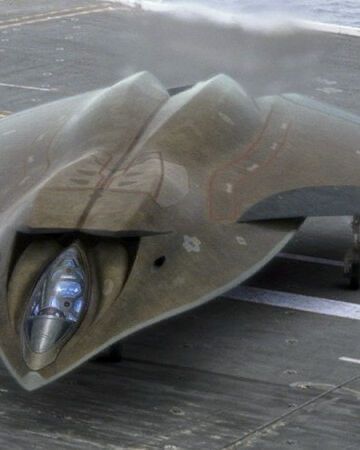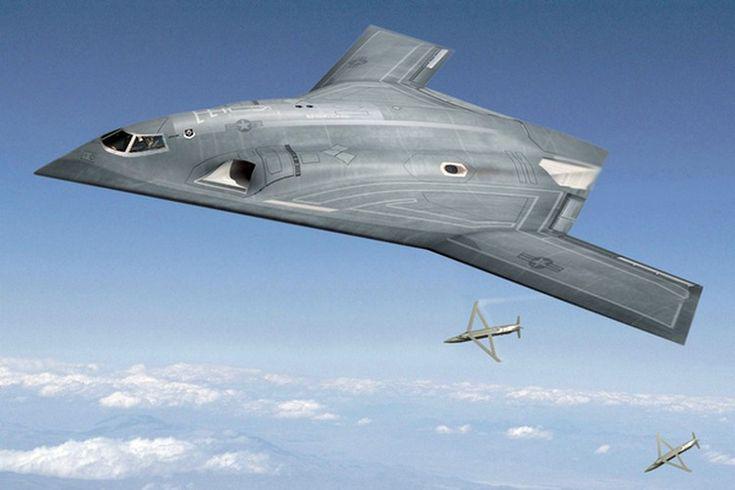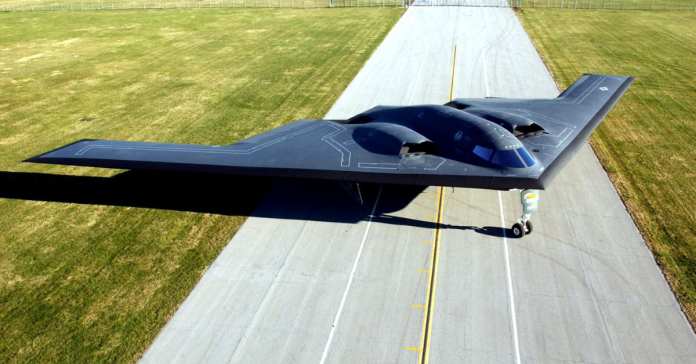The Northrop B-2 Spirit, more famously known as the Stealth Bomber, is one of the most advanced and secretive military aircraft in the world. Designed during the Cold War and first flown in the late 1980s, the B-2 was built to penetrate even the most fortified enemy airspace undetected. With its unique flying-wing design, radar-evading materials and strategic nuclear capabilities, it stands as a symbol of American airpower and technological superiority. Though incredibly expensive and rare, the B-2 continues to play a significant role in U.S. military operations and global strategy. This article explores the history, design, capabilities, and ongoing legacy of this remarkable aircraft.

History and Development
The B-2 Spirit was born out of a Cold War-era need for a bomber that could evade Soviet radar and air defences. Development began in the late 1970s under a top-secret program known as the Advanced Technology Bomber project. Northrop led the design, drawing inspiration from the flying wing designs of the 1940s.
After nearly a decade of hidden development, the B-2 made its first public flight on July 17 1989. The aircraft was officially introduced into service with the United States Air Force in 1997. In total, only 21 B-2s were built due to the extremely high estimated cost of over $2 billion per plane, which factored in research, development, and manufacturing.
Although initially intended for nuclear deterrence, the fall of the Soviet Union shifted its purpose toward conventional precision strikes. It became an all-weather, long-range, stealth bomber capable of performing both nuclear and conventional missions.
Stealth and Design

What sets the B-2 Spirit apart is its stealth technology. The aircraft features a sleek flying wing shape with no vertical stabilisers, drastically reducing its radar signature. This design allows it to reflect radar waves away rather than back to the source.
The B-2 is coated with radar-absorbent material, making it nearly invisible to radar detection. Its engines are embedded deep within the wing structure to reduce heat emissions and noise, while its exhaust system is designed to minimise infrared signatures. Even the way the B-2 releases contrails is monitored by onboard systems to avoid detection from the sky.
Everything about the B-2’s design focuses on stealth. Weapons are carried internally to avoid detection, and the aircraft has a smooth, seamless surface with few protrusions. As a result, it can fly directly into heavily defended enemy territory and strike high-value targets without being seen or intercepted.
Technical Specifications

The B-2 Spirit is powered by four General Electric F118-GE-100 turbofan engines. It has a wingspan of 172 feet, a length of 69 feet, and a height of 17 feet. Despite its massive size, it requires only two crew members: a pilot and a mission commander.
The aircraft is capable of flying at high subsonic speeds, with a maximum speed of approximately 1,010 km/h, equivalent to around 628 mph. It can reach altitudes of 50,000 feet and has an unrefueled range of approximately 11,000 kilometres, or 6,900 miles. With aerial refuelling, its range becomes practically global, allowing it to conduct intercontinental missions without stopping.
The B-2 has a maximum takeoff weight of over 336,000 pounds and can carry a payload of more than 40,000 pounds. This includes both conventional and nuclear weapons.
Armament and Capabilities
The B-2 Spirit is designed to deliver massive firepower with pinpoint accuracy. It can carry a wide variety of munitions, including:
Up to 80 GPS-guided 500-pound JDAM bombs.
Up to 16 B61 or B83 nuclear bombs.
Massive bunker-busting bombs like the 30,000-pound GBU-57 Massive Ordnance Penetrator.
Advanced stand-off weapons and smart bombs.
Its ability to carry both conventional and nuclear weapons makes it a central part of the U.S. nuclear triad and long-range strike capability. It can enter heavily defended areas, destroy key infrastructure or enemy facilities, and return safely without detection.
Combat History
Despite being designed for nuclear missions, the B-2 has been used primarily in conventional conflicts. It saw its first combat action in 1999 during NATO’s bombing campaign in Kosovo. From a base in Missouri, B-2s flew all the way to the Balkans, dropped precision bombs, and returned in a single mission lasting over 30 hours.
Since then, the B-2 has participated in campaigns in Afghanistan, Iraq, and Libya. In each case, it was used to destroy heavily defended or high-value targets at the beginning of the conflict. Its ability to strike deep and fast makes it ideal for opening strikes and surprise attacks.
In 2025, B-2s reportedly carried out precision strikes on underground nuclear sites during a pre-emptive operation, proving their capability against hardened and deeply buried targets.

Cost and Controversy
One of the most controversial aspects of the B-2 program is its cost. Each unit cost nearly $737 million to produce, but when research, testing, and support systems are included, the total cost per aircraft exceeds $2 billion. As a result, the planned fleet of over 100 aircraft was reduced to just 21.
In 2008, one B-2 crashed during takeoff, making it the most expensive aircraft accident in history. Fortunately, the crew ejected safely.
Critics have argued that the cost of the B-2 is too high for the limited number of missions it flies, while supporters say its unmatched stealth and strike capabilities are priceless in modern warfare.
Legacy and Future
Even though it first flew more than 30 years ago, the B-2 Spirit remains at the cutting edge of military aviation. It has undergone regular upgrades to its avionics, stealth coating, and communication systems to stay ahead of evolving threats.
The U.S. Air Force plans to keep the B-2 operational into the 2030s. Its eventual replacement, the B-21 Raider, is already in development and promises even greater capabilities with a more cost-effective design.
Until then, the B-2 continues to serve as a key component of U.S. global strike power. Its unmatched ability to go anywhere, strike anything, and return undetected ensures it remains a powerful symbol of American strength and innovation.
Conclusion

The Northrop B-2 Spirit is not just an aircraft—it is a statement. With its futuristic design, stealth capabilities, and long-range power, it redefined the limits of military aviation. Despite its high cost, the B-2 has consistently proven its value, performing missions that no other aircraft can accomplish. As it nears retirement in the coming decades, its legacy will continue to shape the future of aerial warfare through the next generation of stealth bombers.

